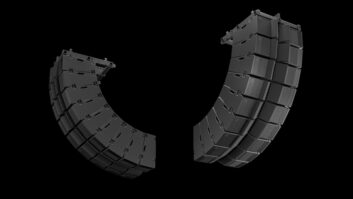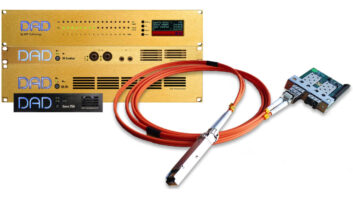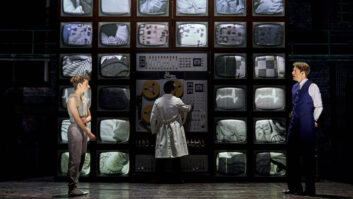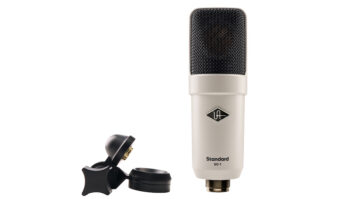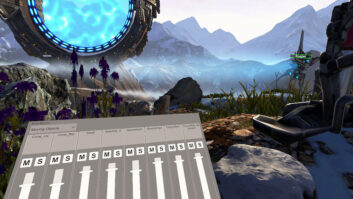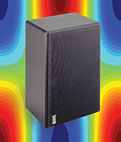
At AES in San Francisco, Bag End presented a white paper to convention attendees detailing the technology behind the E-Trap, electronic bass trap technology. Dr. Reza Kashani, professor of mechanical engineering at the University of Dayton (Ohio) and James P. Wischmeyer, president of Bag End Loudspeaker Systems, delivered the presentation. The E-Trap is projected to be in production early in 2005.
Dr. Kashani invented the patent-pending technology and BAG END Loudspeaker Systems, in cooperation with Dr. Kashani, has developed the actual product, dubbed the E-Trap.
“The listening experience is formed almost as much by the room acoustics as by the sound system,” Dr. Kashani said. “A primary reason for music sounding muddy in rooms with small dimensions is the tendency for such rooms to suffer from severe coloration in the bass or upper low-frequency region.”
At certain frequencies, the dimensions of a room are integer multiples of the wavelength of tones corresponding to those frequencies. This causes the reflection of the wave from opposing walls to reinforce each other and establish standing waves between the walls. These frequencies are called resonant, or characteristic, frequencies of the room. The resulting standing waves in a room cause coloration of the sound.
Although foam acoustical tiles, Fiberglas panels, heavy drapery, thick carpets materials are excellent absorbers, at higher frequencies they become increasingly less effective as they reach below approximately 1000 Hz., and are completely ineffective at bass frequencies. Often, the overuse of absorbent materials to cure a bad sounding room actually aggravates the problem resulting in a dead sounding room with a loss of natural clarity of voice and instruments.
Adding to the space problem, passive bass traps, once tuned to a particular mode, are difficult to change to another mode, and a tuned bass trap can only be tuned to one frequency. “An alternative to the use of passive, acoustical bass traps is incorporating a properly designed feedback control scheme into a powered subwoofer making the subwoofer exhibit the same dynamics as that of the passive bass trap,” Wischmeyer said. “This active feedback coloration control solution adds dampening to the low-frequency acoustic mode or modes and smoothes out the magnitude of frequency response in the room.”
Dr. Kashani concluded, “Numerical experimental results indicate the effectiveness of the E-Trap in adding damping to the low-frequency standing waves. Contrary to the existing passive bass treatment solutions, which just lowers the level excitation to the room at the offending frequencies, the E-Trap truly adds acoustic damping to the room resulting in enhance musical articulation over the frequency range of interest.”
The E-Trap measures 13X18X10 inches (WXHXD). Suggested retail price for the E-Trap is $995.
For more information, please go to www.bagend.com.


